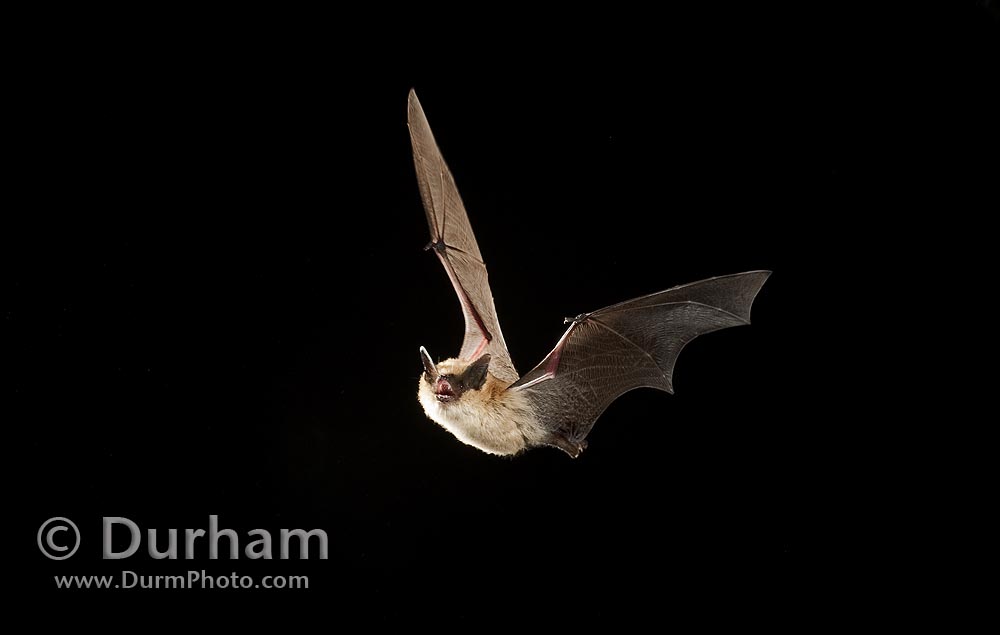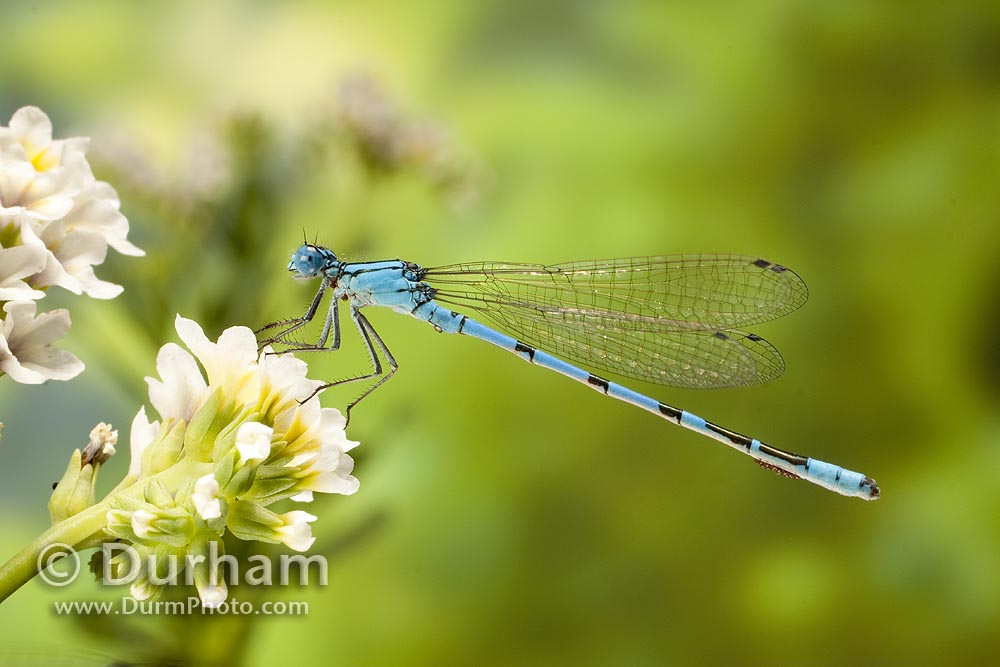As I mentioned in the previous post, imported red fire ants were introduced to the southern U.S. accidentally in the 1930's. They have no natural predators to keep their populations under control.
However the Fire Ant Project at the University of Texas is releasing the fire ant's natural predator from Brazil - the tiny phorid fly – into the areas around Austin and Dallas. There are several species, but they all parasitize the fire ant in a terrifying process that involves eating the ant's brain (from the inside) by a larva implanted by the phorid fly.
imported red fire ant (solenopsis invicta)
The ants, despite being raised in North America where they have no predators, appear to have a instinctive fear of the fly. They respond with a panicked, defensive action that is usually ineffective.
Phorid Fly (Pseudacteon obtusus) hovering above imported red fire ants.
The fly picks an ant that would make a good host, and then hovers above looking for a good moment. When opportunity allows, it will drop suddenly and stab the ant with its ovipositor and implant a single egg. When the egg hatches, it makes its way to the brain and larva will devour the ant's brain until it dies or its head falls off. Nice huh?









